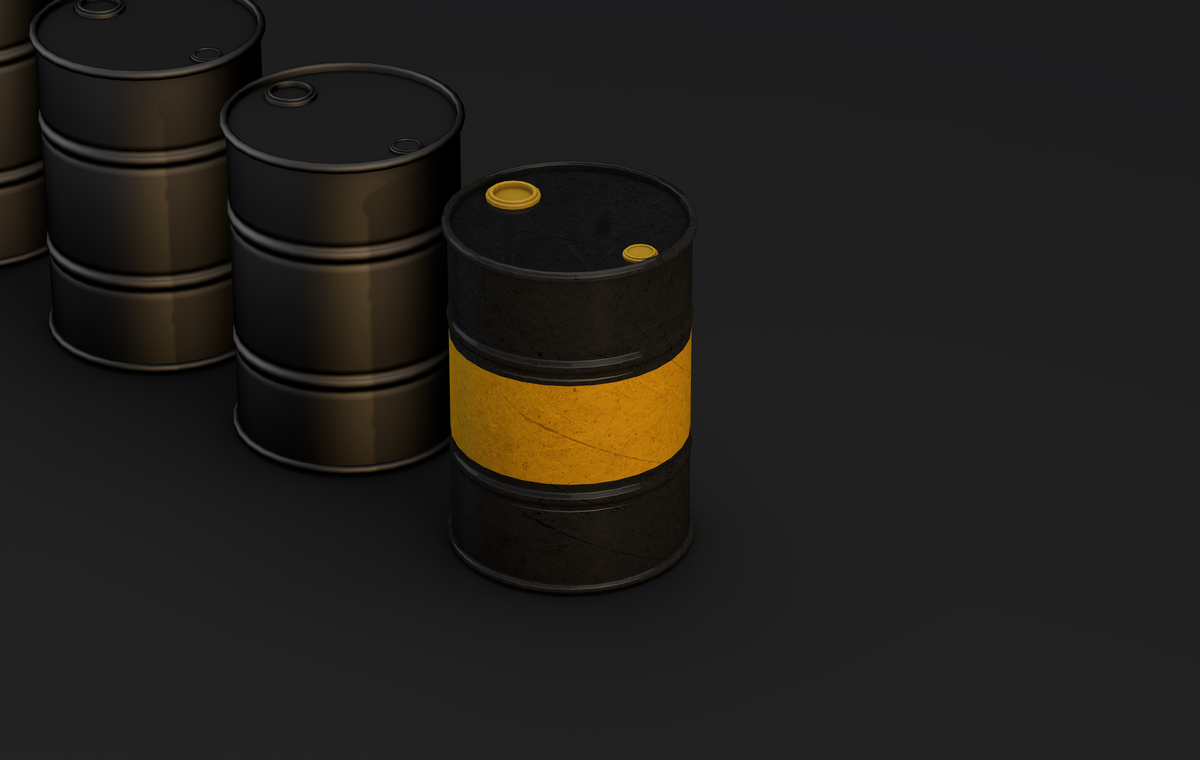UK ports reject T&E's emission findings
The ports of Milford Haven, Southampton and Immingham have been named as the top three most polluted ports in the UK.
 PHOTO: An aerial view of the Southampton port with boats in England. Getty Images
PHOTO: An aerial view of the Southampton port with boats in England. Getty Images
Milford Haven, Southampton and Immingham ranked highest in emissions of harmful sulphur oxides (SOx), nitrogen oxides (NOx), and fine particulate matter (PM2.5) in the UK, according to a report from environmental NGO Transport & Environment (T&E).
UK ports refute T&E’s methodology
T&E utilised AIS data from data analytics firm Spire, combined it with ship technical details from IHS Markit and Clarksons’ World Fleet Register (WFR) to quantify emissions. This analysis encompasses SOx, NOx, and PM2.5 emissions from commercial passenger and cargo ships with a gross tonnage (GT) exceeding 400 making port stops in the UK in 2022.
A spokesperson from Associated British Ports’ (ABP), which operates Southampton port, told ENGINE that it “doesn't recognise the numbers produced by Transport and Environment (T&E) UK in their theoretical modelling and has concerns about the methodology they have employed and the conclusions they have drawn.”
Port of Milford Haven spokesperson also questioned T&E’s methodology. The spokesperson told ENGINE that the analysis and conclusions based on this methodology are questionable.
T&E’s findings
The NGOs findings highlight the concerning pollution levels in key UK ports. Milford Haven, Southampton, and Immingham emerged as the most polluted ports in the country. Milford Haven notably stood out, producing nearly 100 times more SOx emissions than the 67,000 cars in Pembrokeshire. Immingham followed closely, emitting almost 60 times more SOx emissions than the 69,000 cars in NE Lincolnshire.
Southampton, on the other hand, emitted four times more NOx emissions than the city's cars, with cruise ships being a significant contributor. The port also emitted substantial amounts of fine particulate matter (PM 2.5).
Ports’ response to T&E findings
The Port of Southampton says that around 25% of the cruise vessels that called the port this year connected to shore power, claiming that it is way ahead of other ports in the region in terms of shore power connectivity.
Ships calling Southampton are required to burn marine fuels with a sulphur content of less than 0.10%, such as LSMGO or ULSFO, or to use scrubber systems to scrub down the SOx in exhaust from burning HSFO. This helps in lowering SOx emissions, the ABP spokesperson mentioned.
Parts of the UK waters in the eastern and southern sections of the English Channel fall within the North Sea ECA zone designated by the IMO. Southampton is also located within this zone.
“We have a sector-leading air quality action plan, including introducing a large and growing fleet of electrified vehicles and equipment, resulting in our annual nitrogen dioxide (NO2) emissions in the Port being 25% below the national objective level,” the spokesperson added.
“Milford Haven is one of the first UK ports – and the only one in Wales – to financially incentivise environmental improvements to ships,” and has “a pivotal role to play in delivering the UK’s Net Zero ambitions,” the Port of Milford Haven spokesperson told ENGINE.
British Ports Association openly support ports
The British Ports Association (BPA) has aggressively refuted T&E’s report due to “a lack of any serious academic rigour.”
The association said the report ranks the most polluted ports in the UK by estimating air pollutant emissions from ships, but it employs a flawed methodology. “The bizarre comparison of shipping emissions to emissions from cars is comparing apples with oranges and adds nothing to ongoing policy debates,” it added.
Common ground
T&E urged the British government to implement overdue policies and regulations to tackle air pollution and greenhouse gas emissions from UK shipping.
Vital measures include mandating berths for zero-emission vessels and establishing shore-side electricity plans in UK ports, the report states. Charging ships for emissions while moored would effectively create maritime “clean air zones.
“The ports industry is working hard on ambitious plans to reduce their own emissions as well as those from shipping and others. The BPA will also continue to work constructively with government and will support sensible policy that will further help the abatement of shipping emissions,” BPA’s director of policy and external affairs Mark Simmonds said.
By Tuhin Roy
Please get in touch with comments or additional info to news@engine.online





